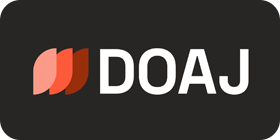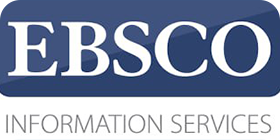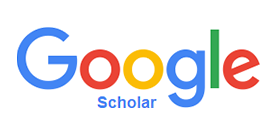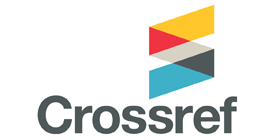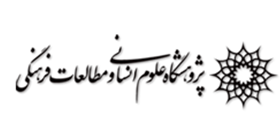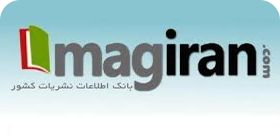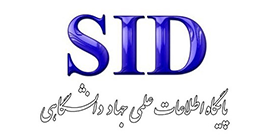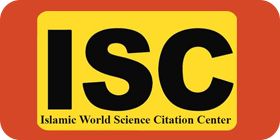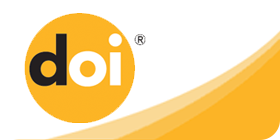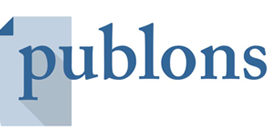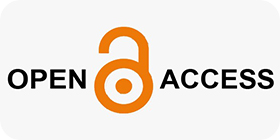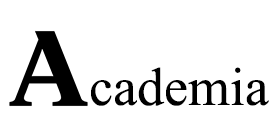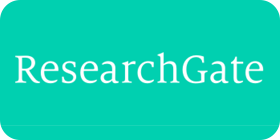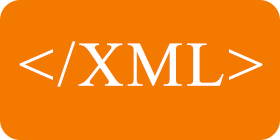Factor Structure Analysis and Validation of a Virtual Media Literacy Education Model in Cyberspace for Teaching Biology: A Structural Equation Modeling Approach
Keywords:
virtual education, media literacy, biology, cyberspace, confirmatory factor analysis, structural equation modelingAbstract
Purpose: The objective of this study was to design and validate a virtual education model for media literacy in cyberspace aimed at teaching biology.
Methods and Materials: This research employed a quantitative approach using Structural Equation Modeling (SEM) and Confirmatory Factor Analysis (CFA). After extracting the initial dimensions and components of the model through qualitative studies and a review of the literature, a researcher-developed questionnaire was constructed and administered to a sample of 217 biology teachers in Wasit Province, Iraq.
Findings: The results of a three-order confirmatory factor analysis indicated that the designed model demonstrated a good fit (SRMR = 0.081; GOF = 0.621) and comprised three main dimensions: instructional, supportive, and technological. The instructional dimension, with a factor loading of 0.981, was identified as the most significant factor in virtual media literacy education. Reliability indices (Cronbach’s alpha, composite reliability) and convergent and discriminant validity indicators (AVE, HTMT, Fornell and Larcker) also showed acceptable values. The findings revealed that the components of “continuous assessment and feedback,” “interactive learning,” and “gamification in online education” had the greatest impact on the success of the model.
Conclusion: Based on the results, the proposed model can serve as an effective framework for designing virtual instruction grounded in media literacy, and it can be utilized by teachers, curriculum planners, and educational policymakers.
Downloads
References
Abdi, A. (2019). The Efficacy of Cognitive Load Theory-Based Instruction in Science Education (Case Study: Third-Grade Elementary Students). Research in Curriculum Planning, 16(2), 115-126. https://journals.iau.ir/article_665148.html?lang=en
Binh, T. T. M. (2020). A pilot model for Japanese online teaching with Japanese teachers' problems and solutions. Vnu Journal of Foreign Studies, 36(2), 2525-2445. https://doi.org/10.25073/2525-2445/vnufs.4548
Davarpanah, A., Shahamat, N., Zarei, R., & Ahmadi, E. (2023). Media Literacy Education Model in Education. Quarterly Journal of New Advances in Educational Management, 4(2), 83-105.
Devi, N. M., Juliani, J., Syahputri, N. K., & Hasanah, N. (2023). Media Literacy Approach in Islamic Religious Education Curriculum for the Digital Era. Jcipe, 2(2), 153-163. https://doi.org/10.61253/jcipe.v2i2.297
Dewi, L. G. S. (2023). Reading Literacy Comics: Innovative Learning Media on the Theme of Energy and Its Changes. International Journal of Elementary Education, 7(3), 496-503. https://doi.org/10.23887/ijee.v7i3.65314
Ebrahim Aziz Al-Zarji, R., Shariatmadari, M., Al-Sharifi, H. J. S., & Agha Kathiri, Z. (2024). Design and Validation of a Conceptual Model for Virtual Education Based on Media Literacy in Cyberspace: A Novel Approach to Teaching Biology in Iraq's Educational System. Management, Education and Development in the Digital Age, 1(3), 294-318. https://doi.org/10.61838/medda.1.3.18
Ghahremani, T., & Kaviani, A. (2023). Attitudes and computer literacy of smart school teachers in using information and communication technology in educational and administrative processes. Journal of Media Studies, 62(18). https://tpdevelopment.cfu.ac.ir/article_3121.html?lang=en
Hobbs, R. (2017). Create to Learn: Introduction to Digital Literacy. Wiley Blackwell. https://doi.org/10.1002/9781394260201
Hosseini, S. M., & Alizadeh, N. (2023). Professional Empowerment of Teachers with the Mediating Role of Information Literacy. 6th International Conference on Interdisciplinary Studies in Psychology, Counseling, Education, and Educational Sciences,
Kargın, T., & Demir, R. (2023). Empowering Children's Media Literacy in the YouTube Era: Insights into Critical Awareness. International Journal of Research in Teacher Education (IJRTE), 14(3), 92-112. https://doi.org/10.29329/ijrte.2023.598.07
Korona, M. (2024). Teachers' perceptions of media literacy competence during an online professional development. Journal of Media Literacy Education, 16(1), 36-49. https://doi.org/10.23860/JMLE-2024-16-1-3
Lähdesmäki, S., & Maunula, M. (2023). Empowering media literacy skills: enhancing student teachers' awareness of new literacy competencies in teacher education. International Journal of Technology and Inclusive Education, 12(2). https://doi.org/10.20533/ijtie.2047.0533.2023.0238
Lee, J., Kim, S., Choi, H., Leu, D. J., Forzani, E., Rhoads, C., & Kinzer, C. K. (2023). The impact of media literacy training on teachers' use of digital resources in the classroom 21st century literacies: A policy research agenda. Journal of Educational Technology & Society, 26(2), 45-58. https://doi.org/10.1002/rrq.388
Means, B., Bakia, M., & Murphy, R. (2014). Learning online: What research tells us about whether, when and how. Routledge. https://doi.org/10.4324/9780203095959
Mishra, P., & Koehler, M. J. (2020). Technological Pedagogical Content Knowledge (TPACK): Theories and Applications. Springer.
Najafi Nejad, M. (2020). Analysis of Opportunities and Challenges of Virtual Education for Students During the COVID-19 Pandemic. Journal of Teaching and Learning Studies, 12(2), 45-62.
Navarro, C., Arias-Calderón, M., Henríquez, C. A., & Riquelme, P. (2024). Assessment of Student and Teacher Perceptions on the Use of Virtual Simulation in Cell Biology Laboratory Education. Education Sciences, 14(3), 243. https://doi.org/10.3390/educsci14030243
Potter, W. J. (2018). Media Literacy. Sage Publications. https://books.google.de/books/about/Media_Literacy.html?id=TtMwJ85nK2UC&redir_esc=y
Puentedura, R. R. (2020). The SAMR Model: Background and Exemplars. http://www.hippasus.com/rrpweblog/archives/2014/06/29/SAMRBackgroundExemplars.pdf
Ryan, E., & Deci, E. (2020). Intrinsic and Extrinsic Motivation from a Self-Determination Theory Perspective: Definitions, Theory, Practices, and Future Directions. Contemporary Educational Psychology, 61, 101860. https://doi.org/10.1016/j.cedpsych.2020.101860
Salari, M., & Amirteimoori, M. H. (2017). Investigating the Effect of the Four-Component Instructional Design Model on Extraneous Cognitive Load and Learning Complex Subjects. Educational Psychology Quarterly, 44, 173-197. https://jep.atu.ac.ir/article_7985.html?lang=en
Shariati, F., Niazazari, K., & Jabbary, N. (2024). Presenting a Model for Virtual Education Considering Educational Equity with a Phenomenological Approach in Schools of Golestan Province [Research Article]. Iranian Journal of Educational Sociology, 7(1), 66-78. https://doi.org/10.61838/kman.ijes.7.1.7
Sheikhabadi, I., Bagheri, M., & Jahed, H. (2024). Identifying the Supervisory Components of Instructional and Educational Leaders of Primary Schools in order to Providing a Comprehensive Pattern for Iran's Government Education. Sociology of Education, 10(1), 295-304. https://doi.org/10.22034/ijes.2023.2008390.1446
Tohidi, A. (2008). Comparing the Effectiveness of Different Educational Media on Conceptualization Allameh Tabataba'i University].
Unesco. (2020). Education for Sustainable Development Goals: Learning Objectives. United Nations Educational, Scientific and Cultural Organization. https://www.unesco.org/en/articles/education-sustainable-development-goals-learning-objectives
Unesco. (2023a). Media and Information Literacy. https://www.unesco.org/en/media-information-literacy
UNESCO. (2023b). Media and information literacy in teacher education: A global perspective. https://www.unesco.org/en/media-and-information-literacy
Downloads
Published
Submitted
Revised
Accepted
Issue
Section
License
Copyright (c) 2025 Rana Ibrahim Azeez Al-Zuraiji (Author); Mehdi Shariatmadari; Hazim Jasim Shaheb Al-Shareefi , Zohreh Agha Kasiri (Author)

This work is licensed under a Creative Commons Attribution-NonCommercial 4.0 International License.

